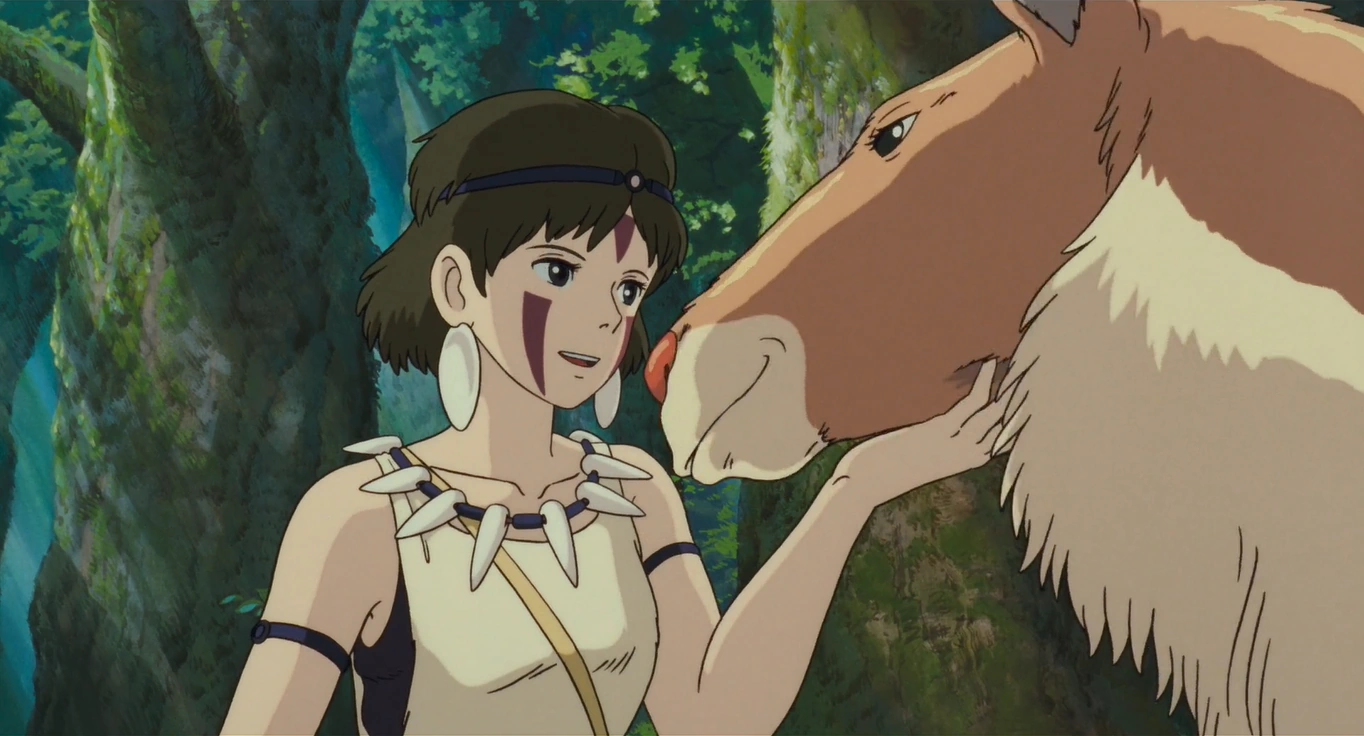Tokyo has a strange, beautiful way of pulling you in, especially if you know where to look. Beneath the high-speed rail, the digital symphony of Shibuya crossings, and the impossibly clean convenience stores, there exists a rhythm that runs slower, deeper. Somewhere in that quiet undercurrent is Daikanyama, a neighborhood that whispers rather than shouts. It’s here, in a dimly lit restaurant tucked behind ivy-covered brick, that you start to feel the city transform. Not into something different, but into something more honest. More human.
And sometimes, if you’re lucky, a meal doesn’t just feed you. It animates you. Like a character waking up in a Studio Ghibli world, walking barefoot through some sun-warmed countryside kitchen, trailing behind the smell of miso and sea breeze.
This isn’t a listicle. It’s not a food review either. It’s a personal mythology written through three standout dishes from Tokyo’s quieter, Western-influenced dining scene, each one finding its Ghibli spirit, and maybe yours too.
A Place Between Worlds: Ghibli Vibes in Tokyo’s Quiet Western Kitchens
Tokyo is full of amazing places to eat, but very few make you feel like you’ve walked into another world, let alone a Ghibli one. Most restaurants are either fast-paced or so formal they feel like performances. But now and then, you find a space that feels lived in. Layered. As if time slowed the moment you sat down.
Cabin Nakameguro
Cabin feels like it’s been plucked from a Ghibli dream: weathered wood, warm lighting, and whisky bottles that seem to glow from within. The cocktails are playful but grounded,the Hojicha Paper Plane, for example, feels like something Howl might sip while floating through a spellbound kitchen. There’s a quiet masculinity to the dishes: smoky meats, rich sauces, big flavors. But the energy? Soft and timeless.
Commune Omotesando
Commune is more chaotic in spirit,like a pop-up village from a side quest in My Neighbor Totoro. It’s open-air, full of mismatched furniture, hand-painted signs, and the kind of vegan street food that feels both wholesome and slightly revolutionary. You don’t need a reservation. Just a free evening and a hunger for something unexpected.
Cedros, Daikanyama
Cedros is quieter, less Totoro, more Spirited Away. There’s care in every detail, from the way the menu shifts with the seasons to the lighting that flatters every plate and person alike. It’s not nostalgic exactly. It’s forward-looking, but with roots. If Ghibli food scenes make you pause and imagine what it would feel like to be there, Cedros is as close as you’ll get in Tokyo.
So let’s lean in. Let’s see what happens when three of Cedros’ standout dishes become characters in a Studio Ghibli film.
1. The Lobster Risotto as Haku (Spirited Away)
In Spirited Away, Haku is dual-natured: river spirit and human boy. He exists between worlds, bearing the grace of nature and the gravity of memory. Cedros’ lobster risotto channels that same interstitial magic.
There’s a memory to the dish, not yours, maybe, but a collective nostalgia. The kind that lingers in the smell of simmering shellfish and buttery arborio rice. The broth is deep, umami-rich, but not heavy. It swims rather than sits. Chunks of local lobster are folded in gently, almost reverently, like they’re being returned to something sacred.
The plating? Elegant but restrained. No showmanship. Just quiet confidence. It’s a dish you don’t scarf down. You pause between bites. You find yourself remembering old summer vacations. Even the pacing of the service here gives you time to reconnect with yourself.
Much like Haku, the risotto doesn’t demand attention. It earns it. It feels alive in the way good things do when made with real care.
2. The Tostada as Calcifer (Howl’s Moving Castle)
Calcifer isn’t just fire, he’s energy. Flickering, feisty, impossible to contain. He’s the reason Howl’s castle stays alive, even if he complains the whole time. At Cedros, the tostada captures that same spirit.
While the specific toppings may change based on market availability, the tostada’s structure remains constant: a crisp, balanced base that crackles beneath bold, seafood-forward combinations. Think punchy citrus, delicate heat, or unexpected herbs folded into briny freshness. It’s not loud for the sake of it. It’s expressive, like a fire that has something to say.
The first bite cuts through silence. You look up. The flavors don’t behave. They clash, then calm down. They challenge and charm. But everything’s grounded in precision, the kitchen’s confidence is quiet but absolute.
Like Calcifer, the tostada doesn’t settle into one mood. It shifts as you eat, carrying you somewhere slightly unexpected. And like him, it might be the most surprising part of your night, the element that keeps the whole experience alight.
3. The Uni Pasta as San (Princess Mononoke)
San is wild. Not savage, but untamed. She embodies both conflict and clarity, a protector of nature, wary of human intrusion, yet curious enough to draw near. The uni pasta at Cedros? San in dish form.
Sea urchin is polarizing. Either you’re transfixed by its briny sweetness or you’re backing away. Cedros doesn’t try to tame the uni. It lets it speak. The pasta is made in-house, springy and slightly firm, catching the sauce like moss holds dew. There’s no overload of cream. No garlic to smother the ocean. Just balance.
The presentation is stark. Nothing ornamental. Just pasta, uni, and restraint. But that simplicity is deceptive. Like San, the dish hides depth under minimalism.
This is food that demands presence. You can’t check your phone through it. You eat slowly, not out of politeness, but because anything faster would feel wrong.
Eating Ghibli: A Foreigner’s Guide to Dining with Intention in Tokyo
Tokyo is not hard to eat in, but it can be hard to feel at home while doing it. Especially if you’re used to Western service styles. Here are a few things that help:
- Book ahead, and always cancel if you can’t make it. Even small no-shows hit hard here.
- Don’t rush. Many of the best places aren’t designed for turnover. Stay. Talk. Order dessert.
- Learn how to say oishikatta desu (おいしかったです). It means “That was delicious,” and it will earn you genuine smiles.
- Let yourself be surprised. Especially at places like Cedros, where menus shift with the seasons. Don’t ask for substitutions. Follow the chef’s rhythm.
- If there’s an omakase option, try it at least once. Trust often leads to transcendence.
For other top restaurants with a cozy ambiance in Tokyo, check out Timeout’s best intimate dining spots.
Sit. Eat. Stay Awhile.
Tokyo will never stop moving. But that doesn’t mean you have to keep up. In the quiet corners of the city, through warm kitchens, candle-lit booths, and the small rituals of a well-made dish, you can find a stillness that doesn’t exist anywhere else. Cedros, and places like it, don’t just serve food. They serve pause. Memory. Emotion disguised as flavor.
Like the best of Ghibli, these meals don’t explain themselves. They ask you to feel. To notice. To remember something you didn’t realize you had forgotten.
You don’t leave with just a full stomach. You leave with a fuller sense of self. And maybe that’s the point. Not to escape into another world, but to return to a quieter part of your own. One that only reveals itself when the noise fades, and the meal begins.





